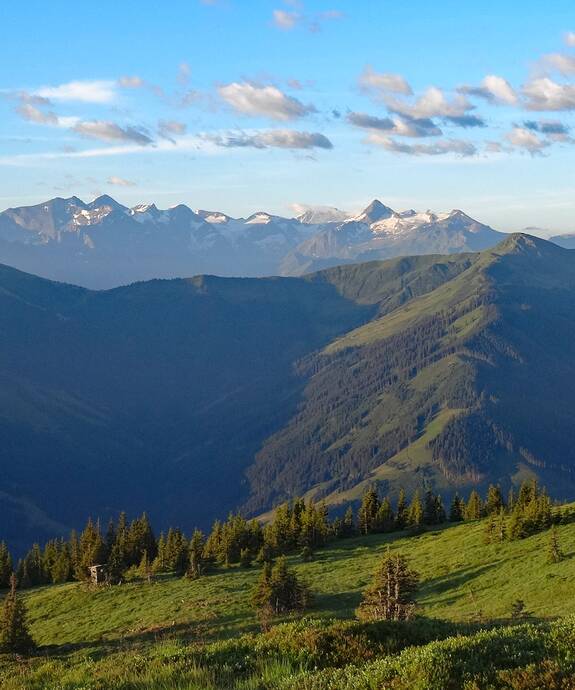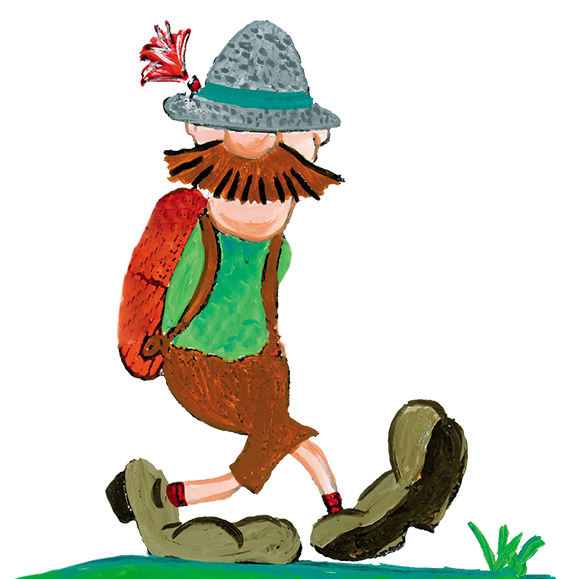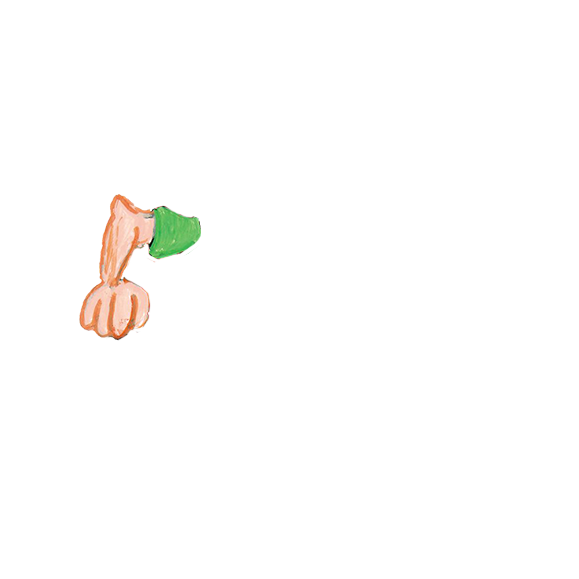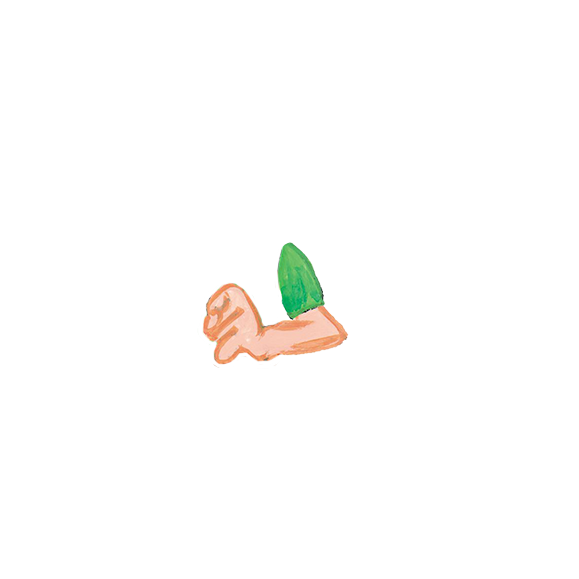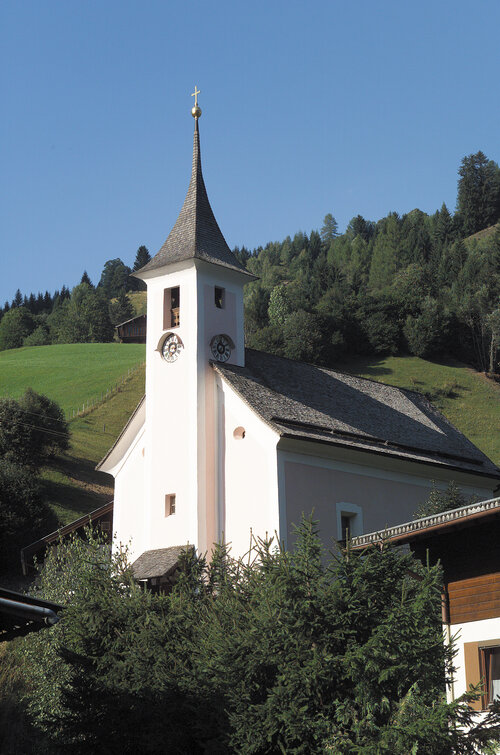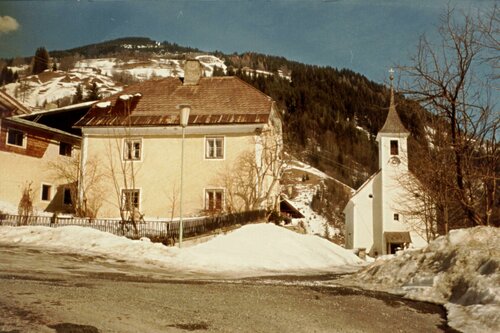Church in Viehhofen
The Viehhofen church is dedicated to Saint Joseph and located in the town centre behind the Oberwirt.
The form is determined by straight lines, severity and simple, light elegance, with important features being emphasized. In the church tower there is a peal of three bells.
In the entrance area of the church there is a plaque commemorating the fallen of World War I and World War II, some with photos, the names are identical to those on the memorial stone in the cemetery.
For several years there has been a parish association in the Glemmtal, to which the communities of Maishofen, Saalbach and Viehhofen belong.
Church service:
Order of Worship:
Description
History
At the end of the 17th century, after pleading, the community of Viehhofen received permission to build a chapel. A hut decorated with simple pictures served as a chapel in order to be able to hold church services in the village.
However, a neighbouring community did not agree with this approach and raised an objection, because the lack of church service participants reduced the turnover of the taverns. One should consider that to attend a church service in Zell am See, a walk of about 2 hours had to be undertaken and was correspondingly arduous in winter.
In 1767 the innkeeper Augustin Gruber was given permission to build a "real" chapel, which fell victim to the flood of 1786 and Viehhofen had to live without a church again.
It was not until 1793 that the consistory permitted a new building. This was done in 1796 by master bricklayer Andrä Huber from Kitzbühel. The fist church service was held at Christmas 1797.
Around 1800 a pastoral station was set up and Johann Kufler was employed as the first vicar. The vicar's house was built by the municipal itself, with the church contributing 2,200 Gulden. The land itself was provided by the innkeeper.
In 1891, Viehhofen finally became an independent parish.
In 1951 the church received three bronze bells.
Over the years, Viehhofen has often been affected by mudflows. So on May 8th, 1912 a catastrophe happened. Due to the persistent heavy rains, which lasted 4 days, half of the cemetery was torn away and parts of it were washed up to the Glemmerhof. The church, which was in danger of collapsing, had to be secured by pioneers from the Austrian army.
Organ
The organ was rebuilt in 1908 by the organ builder Hans Mertel from Salzburg-Gnigl, sister instruments are still in Grossarl, Bad Gastein and Salzburg, as well as in Forstau and Krimml.



